The Origin and Evolution of the Term “Matcha”
The Birth of the Word “Matcha”
Matcha, with its deep green color and distinctive aroma, has captivated us for centuries. The name itself contains over a thousand years of history. The word “matcha” consists of the Chinese characters “抹” (matsu) and “茶” (cha), where “抹” means “to grind” or “to pulverize.” Thus, the origin of the name refers to tea leaves that have been finely ground into powder using a stone mill.
This term “matcha” first appeared in literature in the “Kissa Yojoki” (Drinking Tea for Health), written in 1187 during the Kamakura period. This document, authored by Zen priest Eisai, is known as Japan’s oldest tea book describing the health benefits of tea. However, at that time, the word “matcha” was not yet common, and it was often called simply “cha” (tea) or “matcha” with different characters (末茶).
Changes in Terminology Throughout History

From the Heian period through the Kamakura period, powdered tea was commonly called “matsu no cha” (末の茶) or “suri no cha” (擂りの茶), names derived from the method of grinding tea leaves with a stone mill.
During the Muromachi period, as the culture of tea ceremony developed, the term “matcha” began to take root. Particularly through the contributions of tea masters such as Murata Juko, Takeno Joo, and Sen no Rikyu, the procedures for tea ceremony using matcha were established. During this time, the term “tencha” (点茶) also came into use, expressing the act of whisking tea to create foam.
By the Edo period, the word “matcha” had become fully established, and the form of tea ceremony as we know it today was refined. Interestingly, overseas the spelling “matcha” has become standard, with the Japanese pronunciation becoming a universal term worldwide.
Understanding the Essence of Matcha Through Its Etymology
Understanding the etymology of the term “matcha” provides insight into the essence of this traditional beverage. The unique method of drinking it—grinding it into powder and dissolving it in hot water—offers health benefits by allowing consumption of all the nutrients in the tea leaves. Additionally, the method of powdering tea leaves is deeply connected with Zen philosophy, representing the idea of receiving the benefits of the tea leaves without waste.
In the modern era, words like “matcha latte” and “matcha sweets” have made “matcha” recognized worldwide as a term that represents not just a tea name but an entire culture and flavor profile. By understanding the origin of its name, we can develop a deeper appreciation and enjoyment of matcha.
The Etymology and Meaning of the Term “Matcha”

When you hear the word “matcha,” many might envision a vibrant green powder. However, this term carries deep historical and cultural significance.
Unraveling the Etymology of “Matcha”
The word “matcha” (抹茶) consists of two characters: “抹” (matsu) and “茶” (cha). “抹” means “to rub” or “to grind,” while “茶” refers to tea leaves. Therefore, “matcha” literally means “ground tea.” This name directly describes the manufacturing process, originating from the distinctive method of grinding tea leaves into powder using a stone mill.
During the Tang Dynasty in China (618-907), it was common to drink tea by shaving compressed tea cakes, grinding them, and brewing them. This method was transmitted to Japan and the term “matcha” became established during the period from the Heian to Kamakura eras.
Changes in Terminology Throughout Different Eras
Interestingly, the common use of the term “matcha” is relatively recent, becoming widespread only after the Edo period. Before that, it was known by various names:
- Tencha (点茶): A name derived from the act of whisking tea
- Matcha (末茶): Meaning powdered tea
- Tencha (碾茶): Derived from the act of grinding tea leaves
Particularly from the Kamakura to Muromachi periods, the term “tencha” was widely used. In “Kissa Yojoki” (1211, written by Eisai), it was documented as “matcha” (written as 末茶), allowing us to trace the evolution of the terminology through historical literature.
Modern Definition of “Matcha”
In contemporary times, “matcha” is clearly defined by the Japanese Agricultural Standard (JAS). According to this standard, matcha is “powdered tea produced by grinding tencha (碾茶) with a tea mill.” Tencha refers to tea leaves that have been cultivated under shade for a certain period, known as “oishita cultivation.”
This definition is important because simply powdering green tea does not officially qualify it as “matcha.” According to a survey by the Japan Tea Central Association, there has been an increase in powdered green tea that doesn’t meet the proper criteria for matcha being sold as “matcha” both domestically and internationally, making the protection of the name a significant issue.
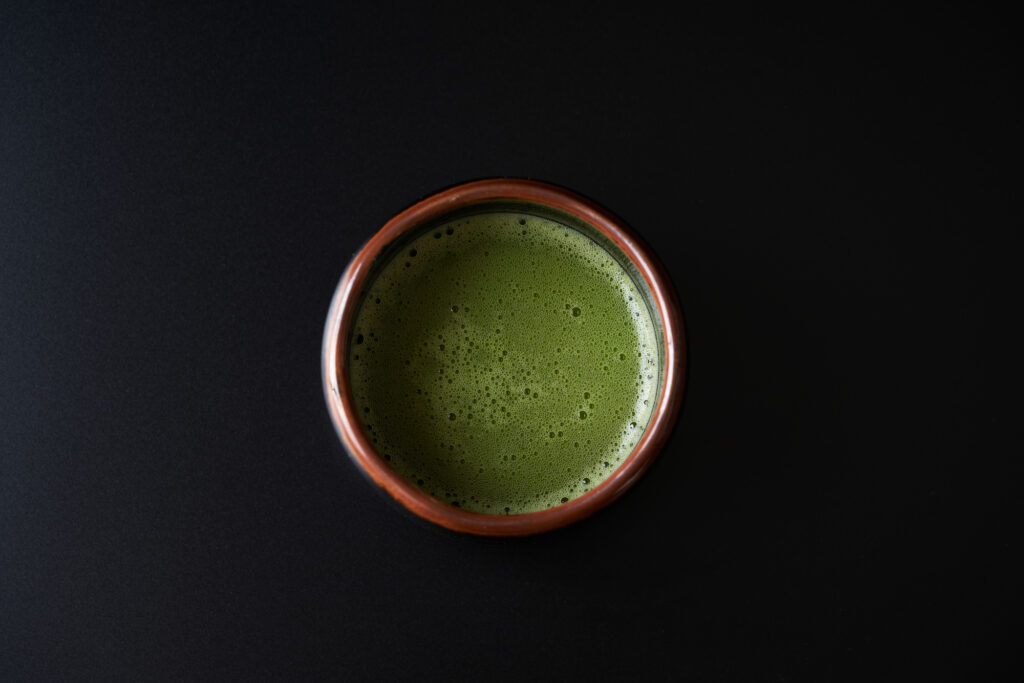
The term matcha encompasses its manufacturing process, history, and cultural background. When enjoying a cup of matcha, reflecting on the origin of its name can enhance the depth of your experience.
The Evolution of Tea Terminology from Tang Dynasty to Japan
Tea Terminology in Tang Dynasty China
During China’s Tang Dynasty (618-907), tea was commonly known as “mei” (茗) or “sen” (荈). Among scholars and nobility, the term “mei” was preferred and frequently appeared in poetry and literature. According to Lu Yu’s “The Classic of Tea,” compressed tea cakes that were crumbled and boiled were the mainstream form of tea in China at that time.
During the Tang era, as tea preparation and drinking methods diversified, terminology also evolved. The term “matcha” (末茶) emerged during this period, referring to finely crushed tea leaves, considered the prototype of modern matcha.
Song Dynasty’s Whisked Tea Method and the Birth of “Matcha”
During the Song Dynasty (960-1279), a revolution in tea drinking occurred. The method of finely grinding tea leaves with a stone mill and whisking it with hot water, known as the “tencha method,” was established. During this period, the word “matcha” was not yet common in China; instead, terms like “tencha” (点茶) or “matcha” (末茶) were used.
Tea was introduced to Japan during the Heian period, but it was during the Kamakura period that Zen priest Eisai authored “Kissa Yojoki” and formally introduced the Song Dynasty’s whisked tea method. It was around this time that the term “matcha” began to be used in Japan.
The Establishment of “Matcha” in Japan
The character “抹” in the word “matcha” means “to apply” or “to stroke,” representing the motion of whisking tea with a bamboo whisk. During the Muromachi period, as Japan developed its unique tea ceremony culture, the term “matcha” became established.
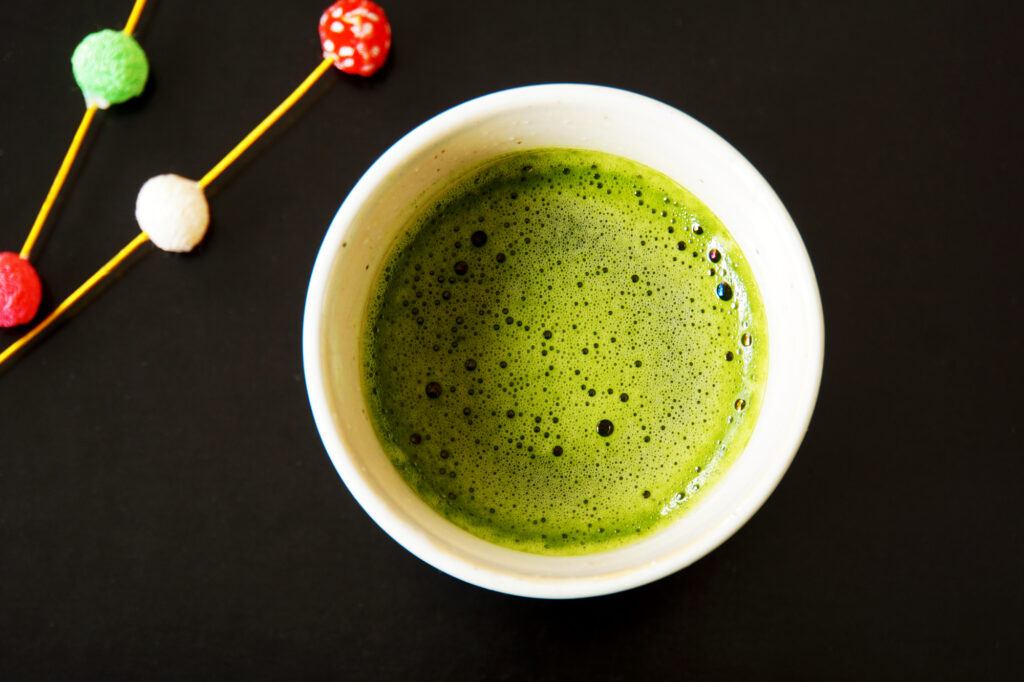
Interestingly, while the whisked tea method that originated in China declined during the Yuan and Ming dynasties, in Japan it continued to develop as chanoyu (tea ceremony) through tea masters like Takeno Joo and Sen no Rikyu, preserving the culture of “matcha.” Today, in Chinese, the term “matcha” is recognized as a concept reimported from Japan.
According to historical documents, the term “matcha” appears in the Muromachi period text “Kundaikan Sochoki” (1476), indicating that it was already being used with the same meaning as today.
Specialized Terminology and Classification of Matcha in Tea Ceremony
Grading and Nomenclature of Matcha in Tea Ceremony
In the world of tea ceremony, matcha is not simply called “matcha” but is classified according to quality and purpose, with unique terminology. Understanding these specialized terms is essential for comprehending authentic matcha culture.
First, matcha is broadly divided into “koicha” (thick tea) and “usucha” (thin tea). Koicha is a rich matcha served as the centerpiece of a tea gathering, while usucha is a lighter matcha enjoyed more casually. Both are made from the same tea leaves, but differ in quantity used and whisking method.
Terms Expressing Matcha Grades and Quality
Matcha quality is primarily expressed through the following specialized terminology:
- Tencha (碾茶): Shade-grown tea leaves that serve as the raw material for matcha
- Honmino (本簑): The highest grade of matcha, used for koicha
- Uji Shichimeien: Seven renowned tea gardens in Uji producing particularly high-quality matcha
- Karigane (雁ヶ音): Premium matcha with a vibrant green color made from young tea leaves
- Aogai (青貝): Medium-grade matcha, often used for usucha
- Hakugo (白毫): High-grade matcha containing abundant down from new buds
According to a survey by the Japan Tea Central Association, approximately 75% of matcha used in tea ceremony comes from Uji, with premium grades like “honmino” and “karigane” limited to about 15% of the total.
Words Expressing Matcha’s Color and Aroma
Tea ceremony has developed a unique vocabulary to delicately express the characteristics of matcha:
- Aomi: Expressing the vividness of matcha’s green color
- Irotsya: The color and luster of matcha
- Koki: The rising of matcha’s aroma
- Sweetness, Astringency, Umami: Terms expressing flavor elements
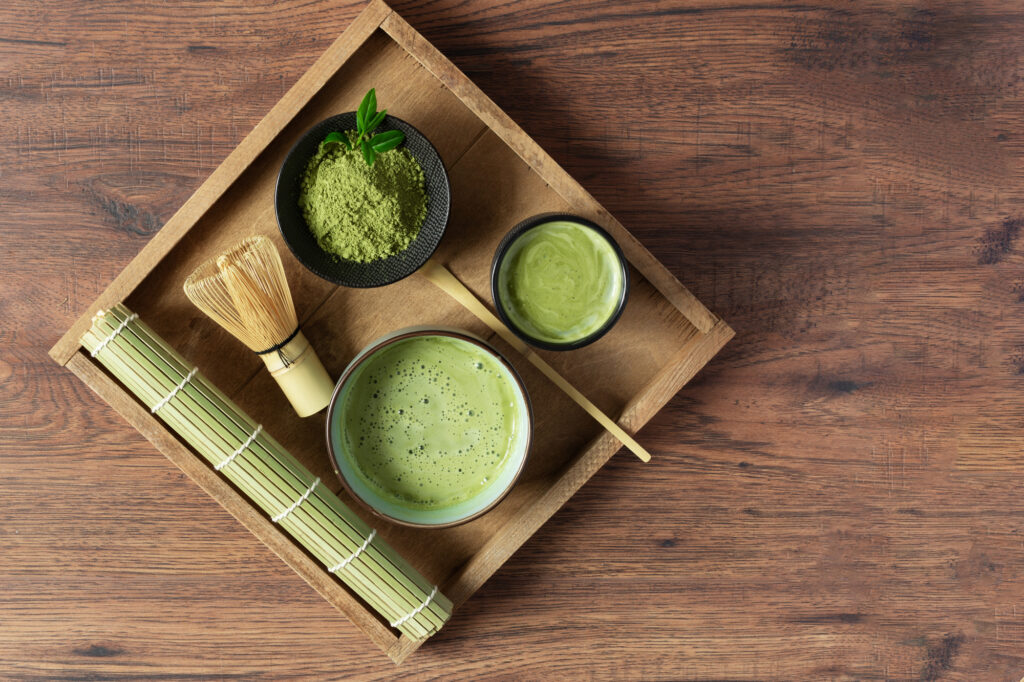
Additionally, the fine foam that appears on the surface of matcha in the tea bowl is called “kensui” (建水). Beautiful foaming produced by high-quality matcha and proper whisking technique is expressed as “fresh kensui.”
These specialized terms go beyond mere classification and have been refined throughout more than 400 years of tea ceremony history, serving to verbalize the profound charm of matcha. Understanding the terminology and nomenclature of matcha leads to a deeper comprehension of its cultural background and complexity of flavor.
Different Names and Perceptions of Matcha Around the World
Different Names for Matcha in Eastern and Western Countries
Matcha has spread worldwide with various names and perceptions. In Japan, this green tea powder is called “matcha” (抹茶), while in English-speaking countries it is primarily written as “Matcha” in Roman letters, with pronunciation close to “macha.” In France, it may be described as “Thé vert en poudre” (powdered green tea), but in recent years, the word “Matcha” has become an international standard.
Differences in Perception of Matcha Across Countries
What’s fascinating is how the image associated with the word “matcha” varies significantly by country. In Japan, it evokes traditional culture and spirituality connected to tea ceremony, while in Western countries, aspects as a “health food” or “superfood” tend to be emphasized. According to an American survey, 78% of consumers who purchase matcha cite “health benefits” as their primary reason, while only 23% mention “interest in Japanese culture.”
In Korea, it may be called “녹차 가루” (Nokcha Karu), but due to Japanese cultural influence, the term “말차” (Malcha) is also widely used. In China, the same Chinese characters “抹茶” are used, but pronounced “mǒ chá,” with a tendency to emphasize that the name originated from the whisked tea method that began in Tang Dynasty China.
International Debate on “Authentic Matcha”
With the recent surge in matcha popularity overseas, debate about the definition of “authentic matcha” has intensified. The Japanese tea industry maintains that matcha should be limited to powder ground from tea leaves grown using specific methods (shade cultivation), but in international markets, many products labeled as matcha are simply “green tea powder.”
At the 2019 International Tea Conference, the establishment of international definition standards for “matcha” was discussed, highlighting the need to respect traditional Japanese manufacturing methods while considering cultural interpretations from various countries. Thus, the term “matcha” has become central to international dialogue, symbolizing cultural identity and quality standards beyond just a name.
The name “matcha” has become a mirror reflecting the history of cultural exchange and mutual understanding, transcending mere linguistic evolution. In a single cup of matcha dissolve East and West, tradition and innovation, and various cultural interpretations.
ピックアップ記事
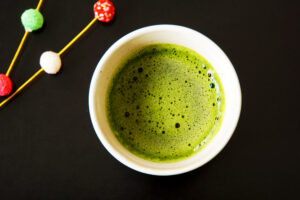
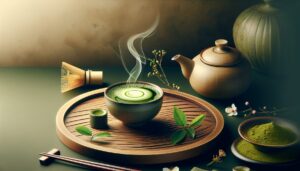
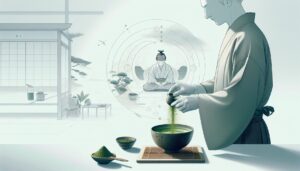
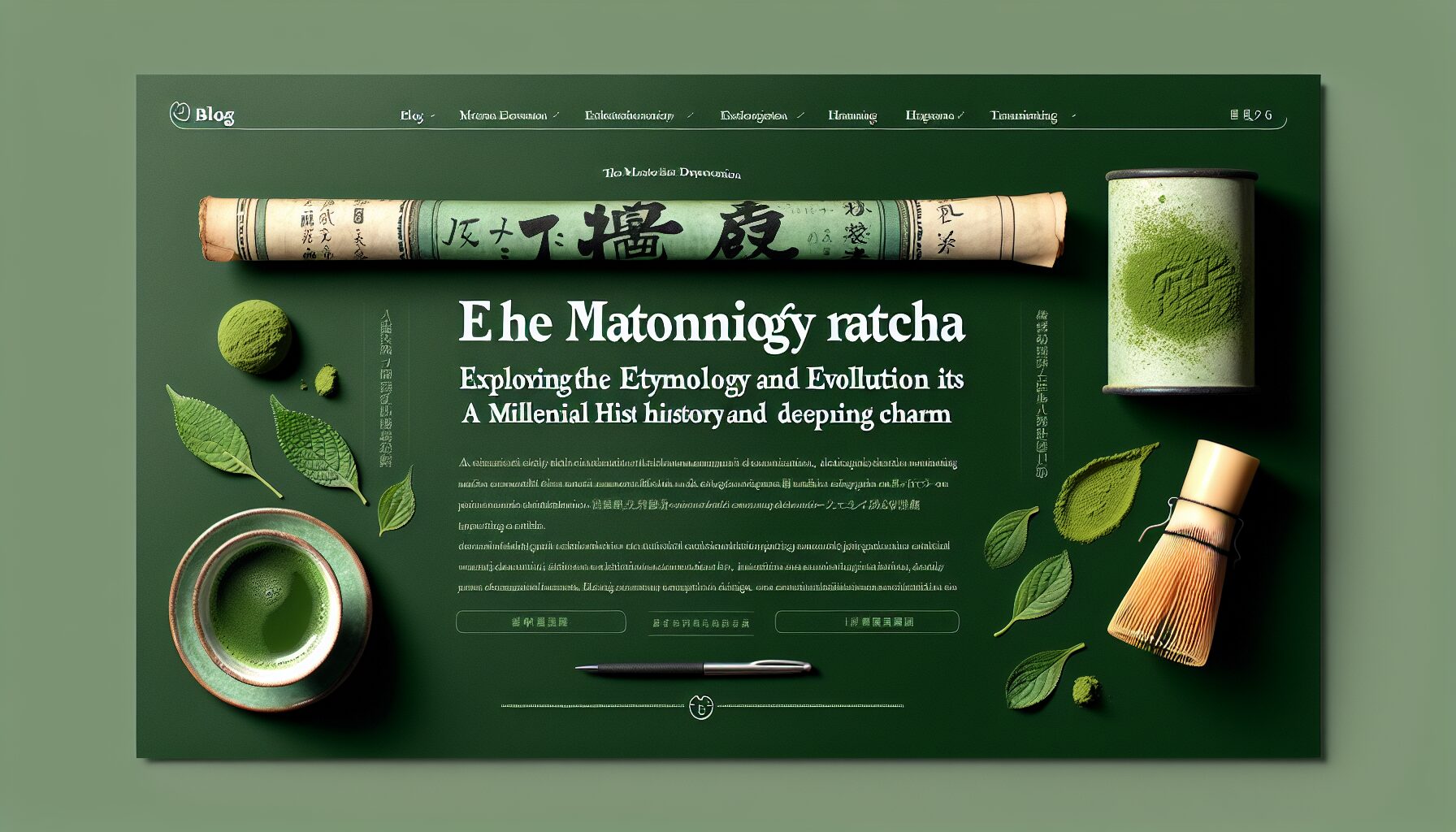

Comments